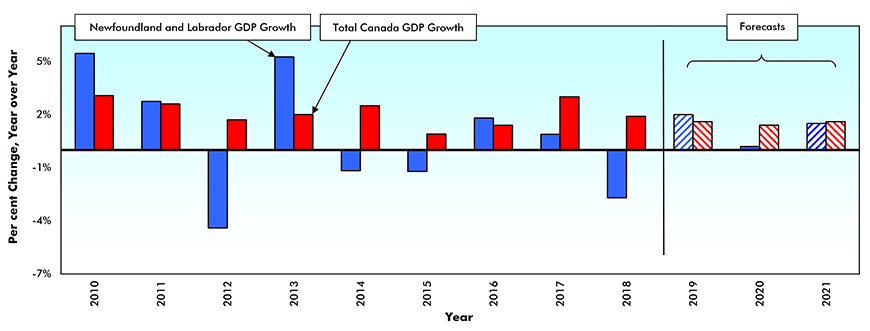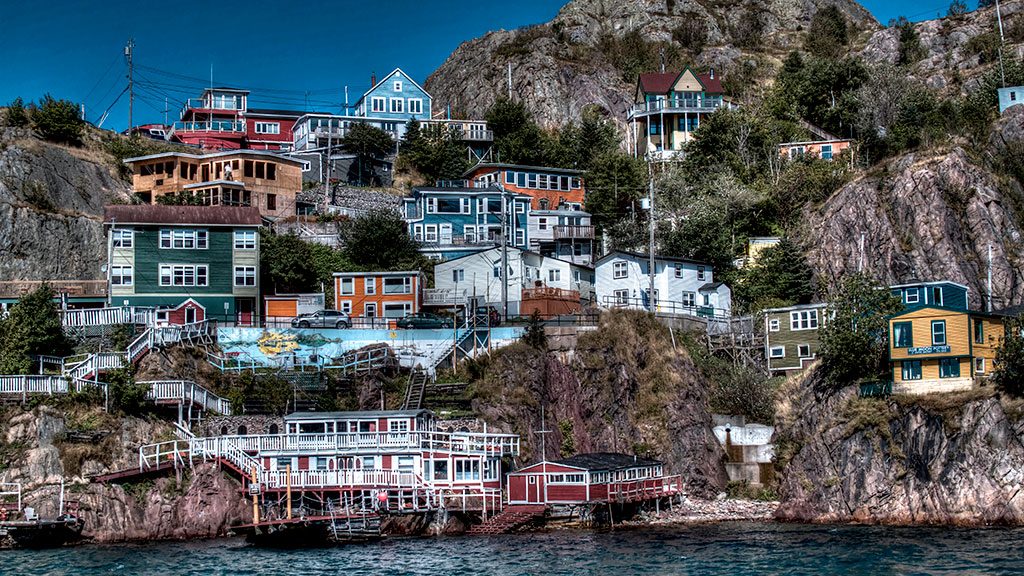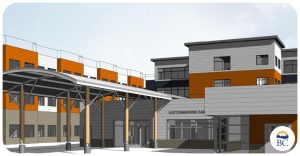The very popular musical “Come from Away” recounts the story of how the inhabitants of Gander, Newfoundland and Labrador (NL) welcomed an influx of 6,595 airline passengers who were temporarily diverted from New York following the attack on the World Trade Center on 9/11.
However, between the fourth quarter of 2011 and the third quarter of 2016, the impact of this temporary inflow of visitors was outweighed by net in-migration of almost 7,000 permanent residents fuelled in large part by exceptionally strong growth of spending on non-residential construction projects such as the Hebron Project and the Muskrat Falls Generating Project which, at their peak, employed a total of 15,000 workers. Given the cyclical nature of major construction projects, it’s not surprising that the winding down of construction activity on both of those projects, plus the impact of the sharp drop in world oil prices on oil exploration across the province, has significantly depressed labour demand.
Since mid-2016, the province’s labour force has contracted by 10,000 while total employment has fallen by 11,000. Over this period, 8,500 individuals have moved to other provinces with brighter employment prospects.
Both consumer spending and residential construction have been hit hard by the weak pattern of job creation over the past three years and the associated exodus of individuals to other provinces. Following a decline of -2.3% y/y in 2018, the value of retail sales in Newfoundland and Labrador is down by a further -1.8% year to date largely on account of declines in sales of gasoline (-11.5%), new cars (-3.8%) and food and beverages (-2.6%).
Slowing growth of employment and a gradual increase in outmigration have caused a significant cooling of housing demand in Newfoundland and Labrador. After hitting a high of 2,545 units in 2012, housing starts have trended steadily lower.
Given that residential building permits are down by 36.9% year to date and the volume of completed and unoccupied dwellings is 18% higher than it was during the same period in 2018, we expect housing starts for the year as a whole to total in the range of 500 to 800 units. Assuming the excess inventory of unsold dwelling units shrinks over the near term, housing starts should total in a range of 800 to 1,200 units in 2020.
While the key components of domestic demand are exhibiting subpar growth, Newfoundland and Labrador’s exports are up by a solid 10.2% year to date. Following a strike, shipments of iron ore have rebounded by 73%, foreign sales of nickel (sourced from the mine at Voisey’s Bay) are up by 18% and petroleum exports have risen by 4.1% largely due to increased production at the recently completed Hebron Project. Looking ahead, we expect the province’s exports to continue to benefit from rising oil production at the Hebron and White Rose Oil Field, as well as from output of nickel and copper at Voisey’s Bay.
The brighter outlook for Newfoundland and Labrador’s energy and mineral exports should help to partially offset the effect of the post-investment boom hangover. As noted in the Atlantic Provinces Economic Council (APEC)’s 2019 Major Project Inventory, investment in major projects this year should get a boost from spending on the Voisey’s Bay underground nickel mine and on the recently reopened Scully Iron ore mine in Wabush Labrador. However, after exhibiting a brief surge in 2019, APEC expects major project spending to decline by 11% primarily due to a scaling back of spending on the Wabush mine and a further slowdown at Muskrat Falls. This projected slowdown in project spending is consistent with the year-to-date value of non-residential construction intentions which after posting strong growth in 2017 and 2018, is down 41% as a result of double-digit retreats in the value of industrial (-18%), commercial (-27%) and institutional (-66) building intentions.
Fuelled by the sustained growth of exports and a temporary rebound in major project spending, Newfoundland and Labrador’s economy should grow in the range of 1% to 2% this year after contracting by 2.7% in 2018. Given the reversion of major project spending noted above, the excess inventory of completed and unoccupied dwellings and the prospect of further outmigration, we expect growth to stagnate in 2020 and exhibit a modest rise in 2021.
John Clinkard has over 35 years’ experience as an economist in international, national and regional research and analysis with leading financial institutions and media outlets in Canada.
Real* Gross Domestic Product (GDP) Growth – Newfoundland and Labrador vs Canada

Chart: ConstructConnect – CanaData.











Recent Comments
comments for this post are closed